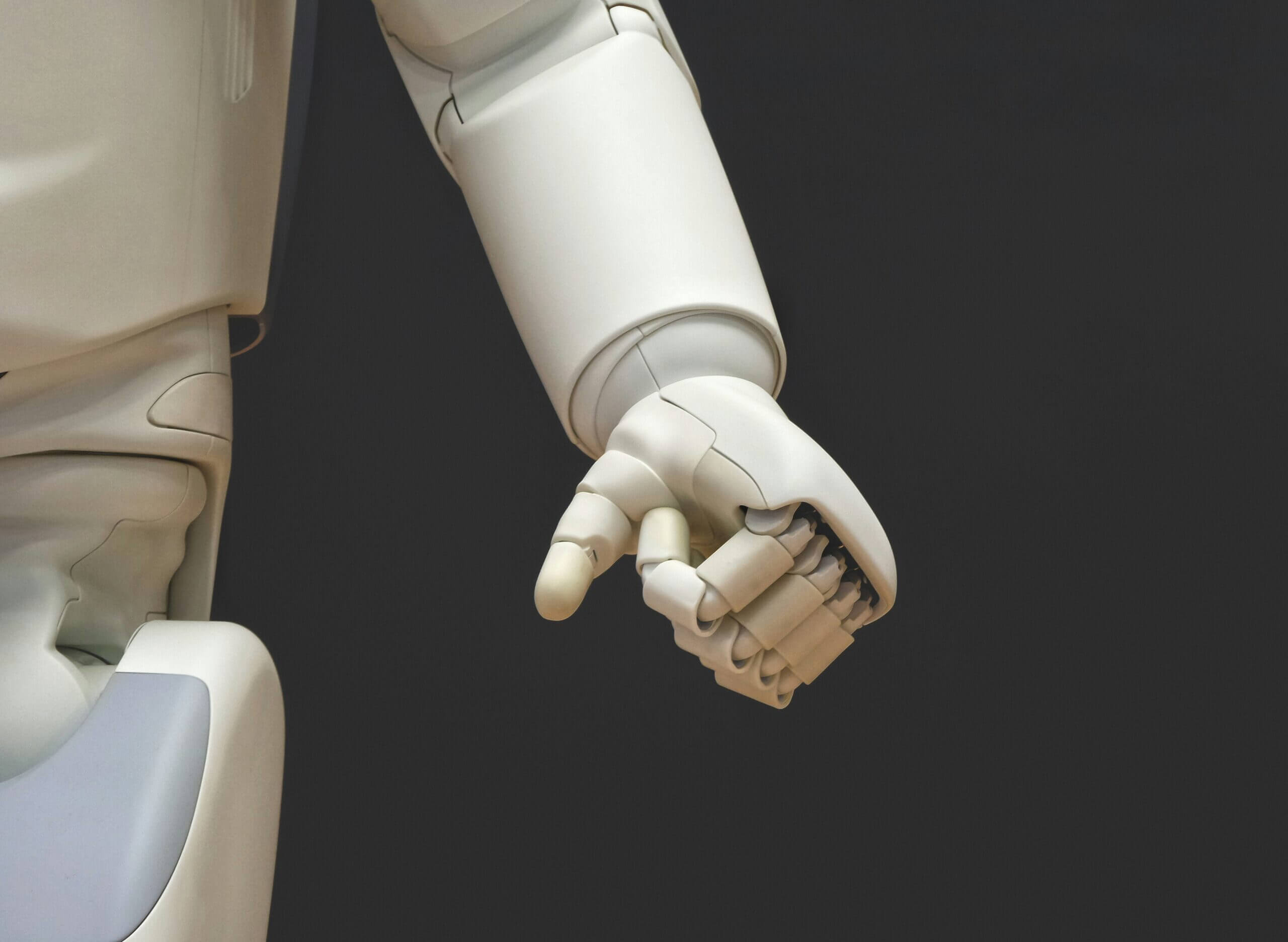In a landmark announcement, Elon Musk has unveiled Tesla’s Optimus robots, a development that could be the beginning of significant changes in the job market. As automation continues to evolve, introducing such advanced robotics raises questions about the future of work.
Automation and Job Displacement
One of the most immediate considerations surrounding the Optimus robots is the potential for job displacement. Designed to perform a variety of tasks – from assembly line work to logistics – Optimus robots could significantly reduce the need for human labour in certain sectors. According to Tesla, the Optimus robots are projected to operate at a cost of less than $20,000 each, making them a realistic and financially viable alternative for many businesses. In sectors like manufacturing and warehousing, where labour costs constitute a substantial portion of operational expenses, this could lead to a rapid shift towards automation.
A study by McKinsey Global Institute indicates that up to 800 million jobs worldwide could be displaced by automation by 2030, with the manufacturing and transportation sectors being particularly vulnerable. As Tesla rolls out Optimus, industries may face pressure to adopt these robots in order to stay competitive, further exacerbating the risk of job loss.
New Opportunities and Job Creation
While concerns about job loss are valid, it is essential to consider the new opportunities that such advancements may create. Historically, technological innovations have led to the emergence of new job categories. The rise of automation may necessitate a workforce skilled in robotics maintenance, programming, and oversight. Tesla has suggested that Optimus will eventually have the capability to perform complex tasks, such as caring for the elderly or working in agricultural settings, which could lead to entirely new sectors of employment.
According to the World Economic Forum, while 85 million jobs may be displaced by the shift to automation, 97 million new roles could emerge that are more adapted to the new division of labour between humans and machines. This balance could be driven by the demand for skills that complement robotic capabilities, highlighting the need for a proactive approach to workforce development.
Upskilling and Reskilling
The introduction of Optimus robots will likely accelerate the need for upskilling and reskilling initiatives. Workers in industries most at risk of automation will need to adapt by acquiring new skills that complement the capabilities of robots. According to a report by PwC, nearly 30% of jobs in the UK could be at high risk of automation within the next 15 years. Educational institutions and vocational training programmes will play a crucial role in preparing the workforce for this transition. Organisations may also need to consider developing their leaders to embrace upskilling and reskilling.
Economic Implications
The broader economic implications of the Optimus robots include enhanced productivity, driving down production costs and potentially lowering prices for consumers. Tesla has indicated that Optimus robots could increase production efficiency in its factories by up to 20%. This could stimulate economic growth, but it also raises questions about income inequality. As certain jobs become automated, those who cannot transition into new roles may find themselves at a disadvantage, leading to a widening gap between skilled and unskilled workers.
The Role of Policy
As Tesla’s Optimus robots begin to enter the workforce, policymakers will need to address the implications of automation on the job market. This could involve implementing policies that support displaced workers, such as unemployment benefits, retraining programmes, and initiatives aimed at promoting job creation in emerging sectors. For example, the UK government has initiated schemes to enhance digital skills and boost vocational training, which may need to be expanded in light of the rapid advancements in robotics.



